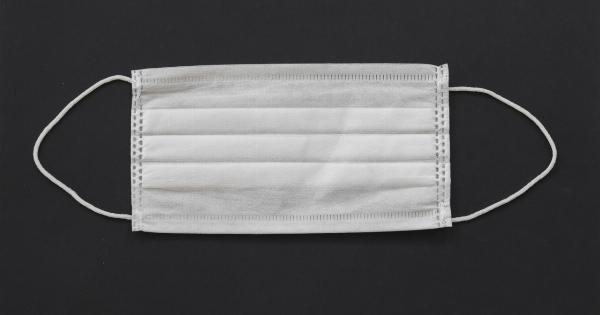Laryngitis is an inflammation of the larynx, commonly known as the voice box. In children, it is often caused by viruses and bacteria, leading to the swelling and irritation of the vocal cords.
Aside from the viral and bacterial irritations, viral or bacterial infection are also potential causes of laryngitis. Childhood laryngitis is a common condition, especially during cold and flu season. It causes a hoarse voice or the inability to speak altogether, along with other uncomfortable symptoms that can make your child feel down.
Symptoms of Childhood Laryngitis
The most apparent symptom of laryngitis is that your child will have a hoarse, raspy voice, and may have difficulty speaking. They may also experience a sore throat, cough, fever, and difficulty breathing.
These symptoms typically come on slowly and gradually over a few days. You may also notice that your child has less energy than usual, and they may be irritable or have trouble sleeping due to the discomfort.
Management of Childhood Laryngitis
Management of laryngitis in children usually consists of treating the underlying condition causing the inflammation, managing the child’s symptoms, and giving them rest and plenty of fluids.
Bed rest is vital, getting a break from activities that put a strain on their voice is imperative. Encourage your child to drink plenty of fluids, such as water, soup, and tea. Warm liquids can help soothe the irritated vocal cords. Humidifiers or steam from a shower can also help alleviate symptoms.
Some over-the-counter medicines you can provide your child are acetaminophen or ibuprofen to alleviate pain and fever, cough medicines that contain dextromethorphan, and throat lozenges. Avoid giving your child honey until they are at least one year old, though, as it can cause botulism.
Home Remedies for Childhood Laryngitis
If your child has laryngitis, home remedies can also help alleviate symptoms and speed up recovery. Here are some things you can try at home:.
Rest Your Child’s Voice
The most crucial remedy is resting your child’s voice. Touching their throat regularly, and making sure they avoid talking too much, especially shouting or whispering harder, can help their throat heal more quickly.
Give your child ample opportunity to rest and ensure they remain quiet as much as possible.
Gargling Salt Water
Gargling salt water can be a great way to relieve sore throat symptoms. Simply add a teaspoon of salt to a glass of warm water and have your child gargle to help soothe irritation and alleviate pain.
Using Honey
If your child is at least one year old, honey can be a useful home remedy for laryngitis. Simply add a teaspoon of honey to a warm glass of water or tea and have your child drink it to help soothe the throat and ease coughing.
Steam Inhalation
Steam inhalation can also be incredibly helpful when it comes to managing childhood laryngitis symptoms. Try adding a few drops of essential oil, such as eucalyptus or peppermint, to a bowl of hot water and have your child inhale the steam.
You can also run hot water in the shower and have your child sit in the bathroom to inhale the steam.
Hydration
Proper hydration is vital when your child has laryngitis. Encourage them to drink plenty of fluids, such as water, soup, tea, or other warm liquids, to stay hydrated and soothe the throat.
When to See a Doctor
While most cases of childhood laryngitis are mild and can be managed at home, there are instances where you’ll need to seek medical attention.
If your child has a high fever, difficulty breathing, trouble swallowing, or if they become extremely lethargic, you should take them to see a doctor immediately. Additionally, if your child’s symptoms last longer than a week, it’s time to make an appointment with their regular pediatrician.
Conclusion
Laryngitis is a common childhood condition that should be taken seriously. By following the home remedies and management techniques listed above, you can help ease your child’s symptoms and speed up their recovery.
Remember to always keep your child hydrated by giving them plenty of fluids and rest their voice for a quick recovery.





























